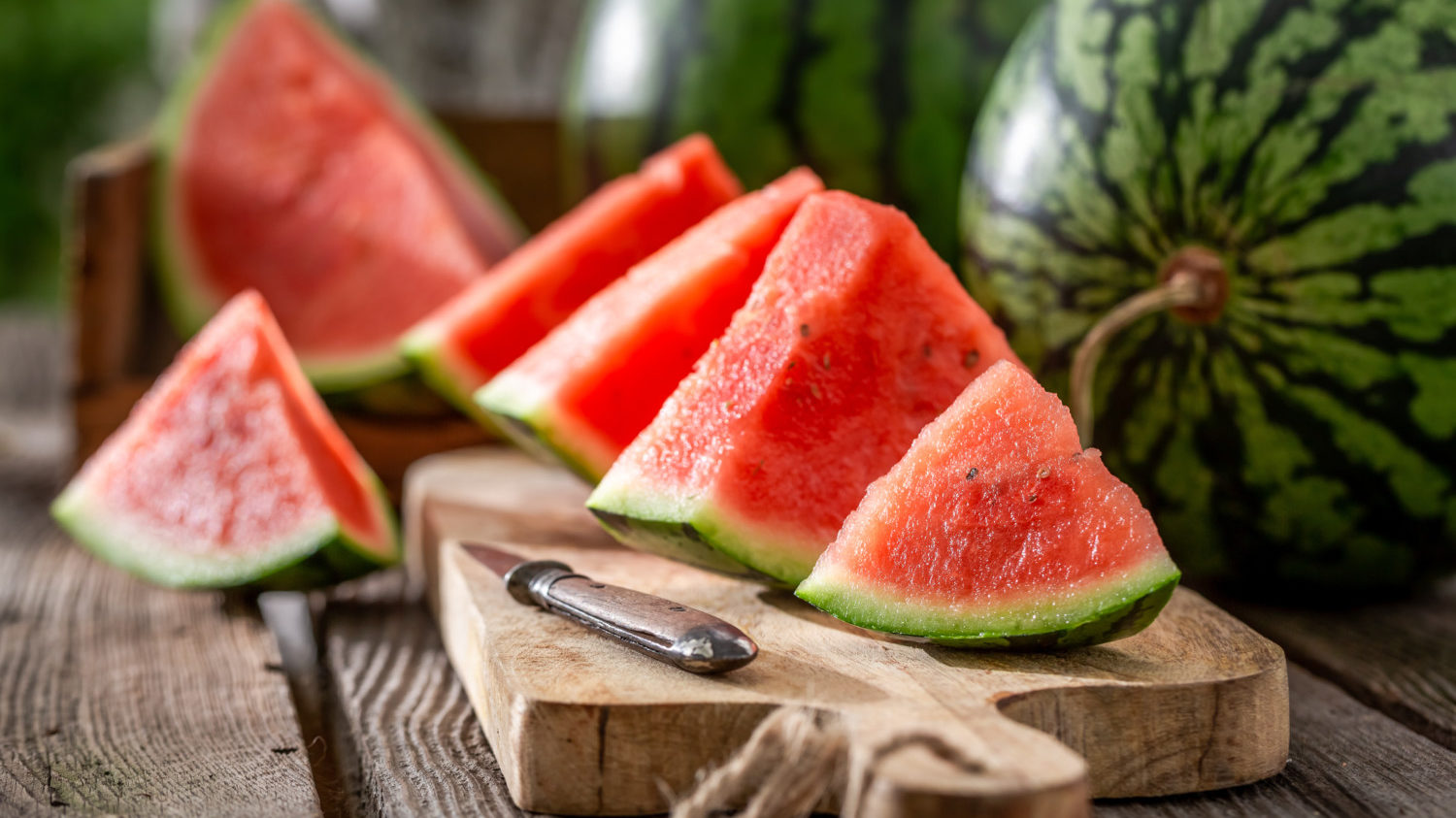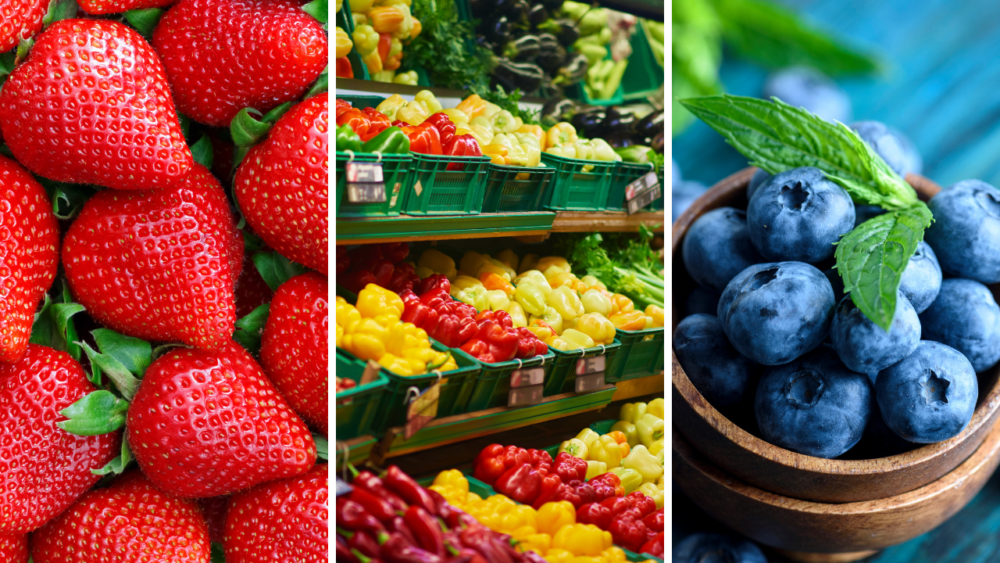How to pick a good watermelon at the grocery store
Watermelon is fresh, healthy and delicious. Because it consists of mostly water, watermelon is the perfect treat for a hot summer day or a picnic on a balmy spring afternoon. You can use it in recipes, carve it into adorable centerpieces or devour it by the slice.
But bringing home a melon that is on the dry side or is not especially sweet can be quite disappointing. Whether you grab one while you’re at the grocery store, a farmers’ market or a roadside stand, learning how to pick a good watermelon will ensure that you can enjoy the best juicy, delightful fruit every time.
How To Pick A Good Watermelon: 7 Tips
There is more to selecting the best melon than simply taking a cursory look or sniff. Use these tips, which are based on agricultural science and come from experts such as the ones from the National Watermelon Promotion Board. Find out how to pick a good watermelon every time!
1. Bigger Isn’t Always Better
An oversized watermelon might have lower overall sugar content, making it less sweet and flavorful. On the other hand, a tiny watermelon might not have had time to ripen.
For best results, look for an average-sized watermelon. This will be a melon typically between 20 and 25 pounds, although it often depends on the variety (there are more than 1,200 varieties of watermelons worldwide).
2. Give It The Once-Over
Inspecting a watermelon provides a great deal of information. Look for a firm, symmetrical watermelon free from bruises, cuts or dents with a faded area on top. Small scratches are often a result of handling and will not affect the taste of the melon.
If you purchase pre-cut watermelon and notice cracking of the flesh, that doesn’t mean the melon is bad. Cold snaps, heatwaves and other growing conditions can cause this cracking (a condition known as Hollow Heart), but these watermelons are often sweeter because sugars are concentrated along the cracks.
Finally, look for the ground spot, which is the faded area where the watermelon lay in the field as it grew. This spot should be a creamy, buttery yellow rather than green or bright yellow.
3. Heavy Is Good
Lift a potential watermelon and note how heavy it feels. Since the best watermelons are 92% water, you will want to choose a melon that is very heavy for its size. The more substantial the watermelon, the more time it has had to ripen, becoming juicier and sweeter.
4. Buy At The Best Time
Watermelon has a specific growing season, so a top tip on how to pick a good watermelon is to wait until the right time of the year to shop. In California, Florida, Georgia and Texas, the four top watermelon-growing states — accounting for two-thirds of the crops in the U.S. — melons are harvested between May and September.
If you spot watermelons at your grocery store before or after those months, they are likely imported. You should expect them to be less fresh and not as ripe, sweet and delicious as they should be.
5. Tapping Can Be Telling
While the Watermelon Board says you don’t have to thump the melons to find the best one, some people swear by this method. If you are a produce tapper, listen for a dull, hollow, muffled “pong,” which means the watermelon is ripe. A clear, metallic “ping” suggests that the melon was is not ready.
6. Check The “Tail”
Look at the stem end of the watermelon for more clues about how ripe, mature and tasty it will be. The best, most mature watermelons won’t have a stem at all. You’ll simply see a brownish crater where the watermelon separated itself and fell to the ground on its own because it had stopped growing and was ready for harvesting.
If there is a stem at all, it should be dry and yellow-brown in color. If the melon has a green tail, it is probably not fully ripened and will not be as flavorful or succulent as desired.
7. Avoid Bad Melons
Another way to select the best watermelon is to know what not to buy. A melon with dark spots, soaked flesh or an “off” smell could indicate fungus, bacteria or rot. A melon that’s mushy is giving you a warning; even if the softness is from damage during transport, the melon may be more prone to early rot.
If you notice watermelons like this, steer clear of them and inform the retailer.

When you find the perfect watermelon, it’s a good idea to take it home and clean it up before slicing into it. Wash the melon in clean, running water and slice it using a sanitary knife and cutting surface. And be sure to store your fruit properly afterward for the safest, sweetest summertime treat.









